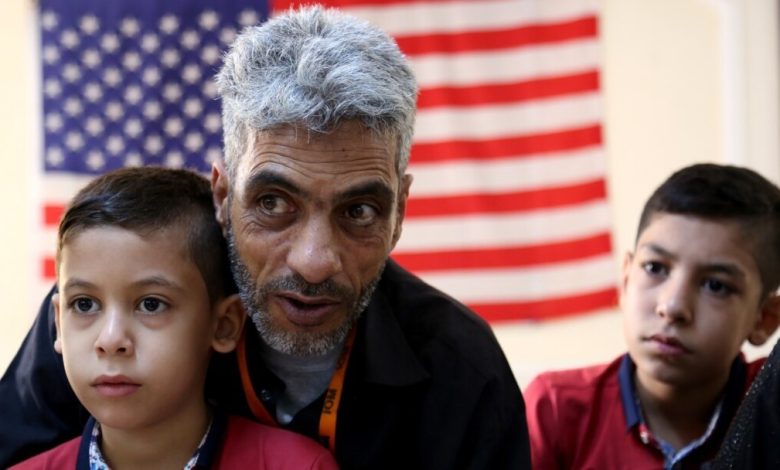Rebuilding Far from Home: Syrian Refugees in the U.S. After Escaping Assad
Years after escaping war and repression in Syria, thousands of Syrian refugees are rebuilding their lives in the U.S.—but some face difficult decisions about return, identity, and long-term stability.

The war in Syria, triggered in 2011 by popular uprisings and followed by a brutal crackdown by Bashar al-Assad’s regime, displaced over 13 million Syrians—more than half the country’s population. Among them, tens of thousands found refuge in the United States, seeking safety and the chance to rebuild their lives.
More than a decade later, the situation for Syrian refugees in the U.S. is shaped by resilience, hardship, and complex ties to a homeland many may never see again.
Resettlement in the United States
The United States began accepting Syrian refugees in significant numbers around 2015 under the Obama administration. By 2020, approximately 22,000 Syrian refugees had been formally resettled across the U.S., with many more arriving through family reunification or asylum processes.
They were welcomed in states like Michigan, Texas, California, Illinois, and New Jersey, with cities like Detroit, Houston, and Chicago becoming home to growing Syrian communities. These locations offered the support of existing Arab and Muslim populations, helping ease the transition.

Life in the U.S.: Stability and Challenges
Syrian refugees in the U.S. have shown a strong ability to integrate and contribute. Many have opened small businesses—especially in food, transportation, and retail—while others work in construction, healthcare, and logistics. Syrians bring entrepreneurial spirit and a deep focus on family, faith, and education.
However, challenges remain:
-
Language barriers and limited access to education or recognition of prior qualifications
-
Trauma from war and displacement
-
Islamophobia and xenophobia in parts of American society
-
Limited federal support after initial resettlement, especially under restrictive Trump-era policies
Despite this, Syrians in the U.S. have generally thrived quietly, supported by local mosques, nonprofits, and refugee assistance organizations.
Do Syrian Refugees Return Home?
Although the Syrian regime claims that Syria is “safe” for return, very few refugees in the United States have gone back. Multiple UN and human rights reports confirm that returnees face:
-
Arrest, torture, or forced conscription
-
Home confiscation or surveillance
-
Lack of basic services and infrastructure
A 2023 UNHCR report noted that returns from the U.S. to Syria are “extremely rare”. Most Syrian refugees fear persecution or reprisals and see no future under Assad’s rule.
Some elderly or ill individuals have returned voluntarily, but this is the exception. The vast majority remain in the U.S., often deeply rooted with children in American schools, businesses, and long-term housing.

Community and Identity
As years pass, a new generation of Syrian-Americans is emerging. These children of refugees are often bilingual, attending U.S. schools while preserving their Arabic and Islamic heritage. Cultural centers and mosques play a crucial role in keeping Syrian identity alive.
At the same time, many refugees experience a deep longing for Syria and follow political developments closely. Yet most understand that Assad remains in power, and return may not be possible for the foreseeable future.
Syrian refugees in the United States represent a powerful story of endurance and rebirth. They have fled one of the most violent regimes of the 21st century, and in America, many have found safety and opportunity. But they carry with them the pain of displacement and the fear that Syria may never be safe again under Assad.
While few have returned, most remain committed to building new lives in the U.S.—hoping one day, when it’s truly safe, they may return not as fugitives, but as free citizens.



